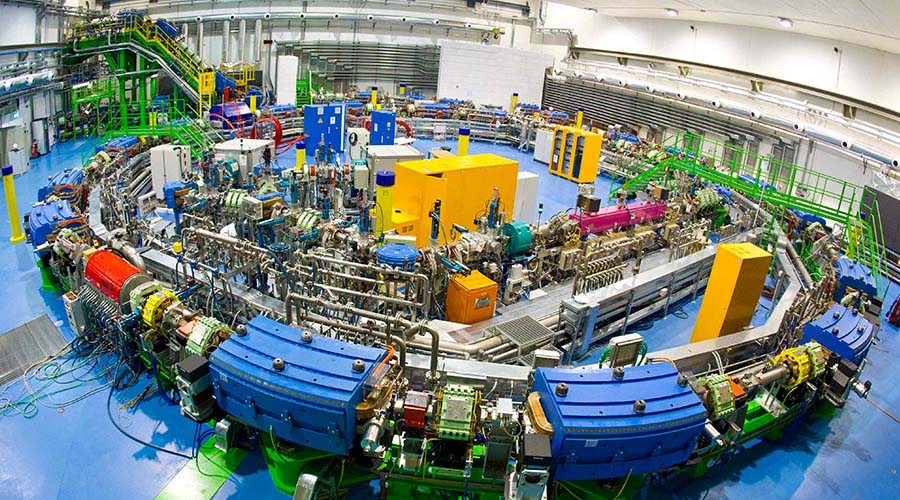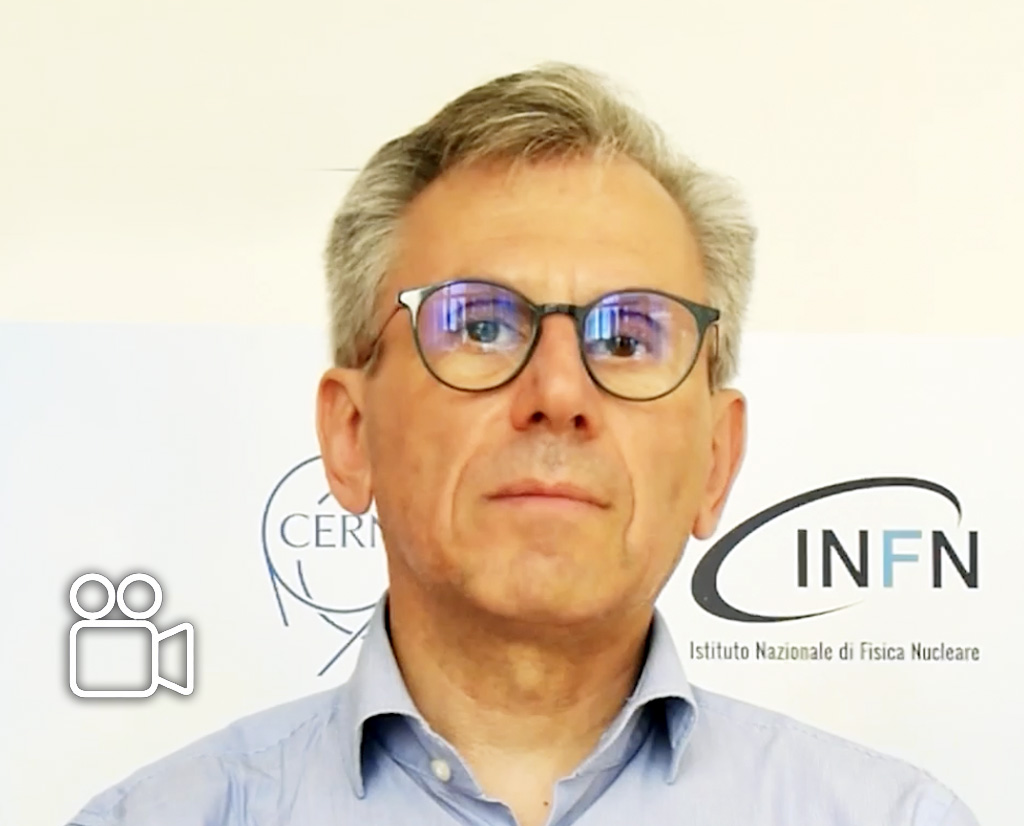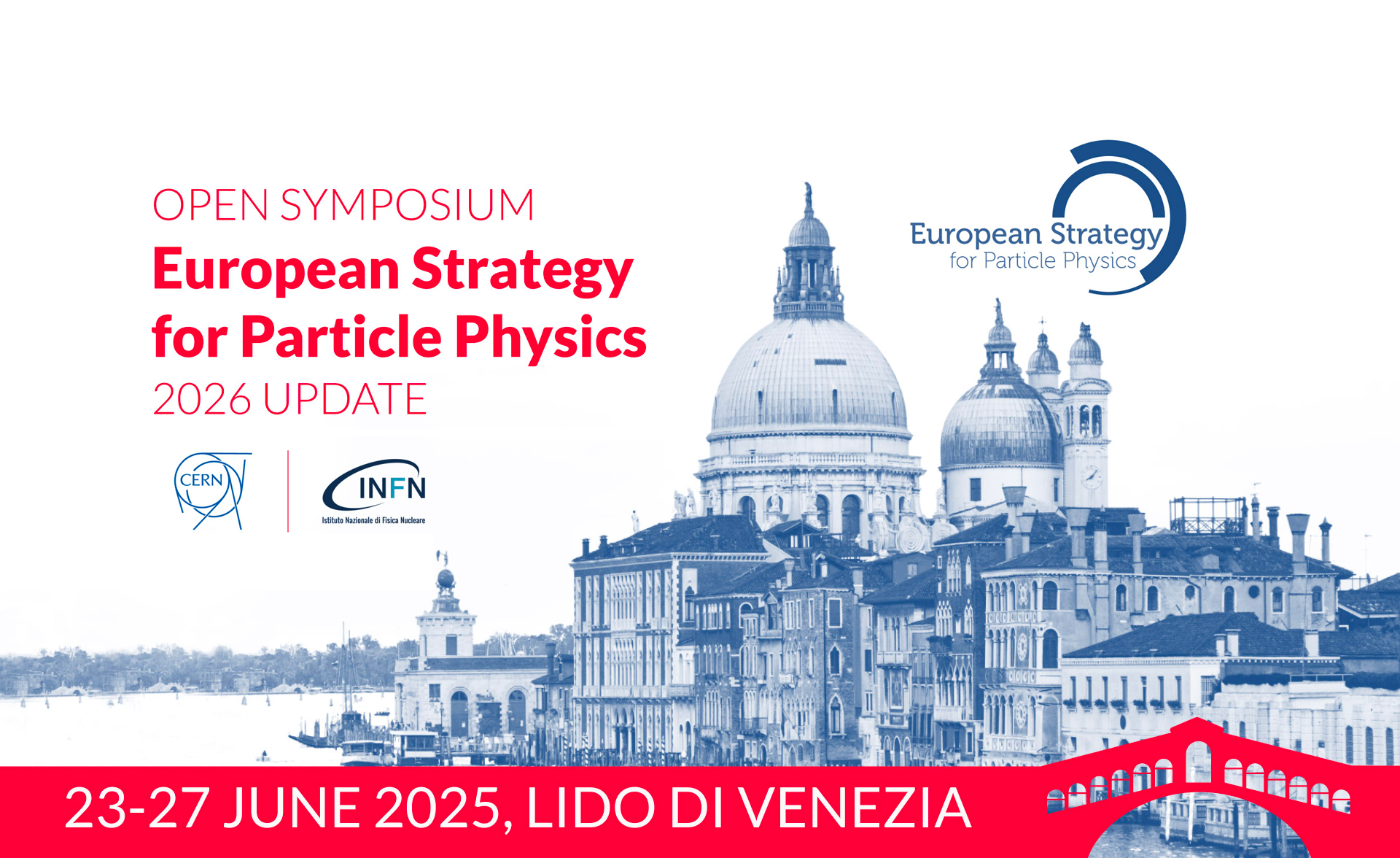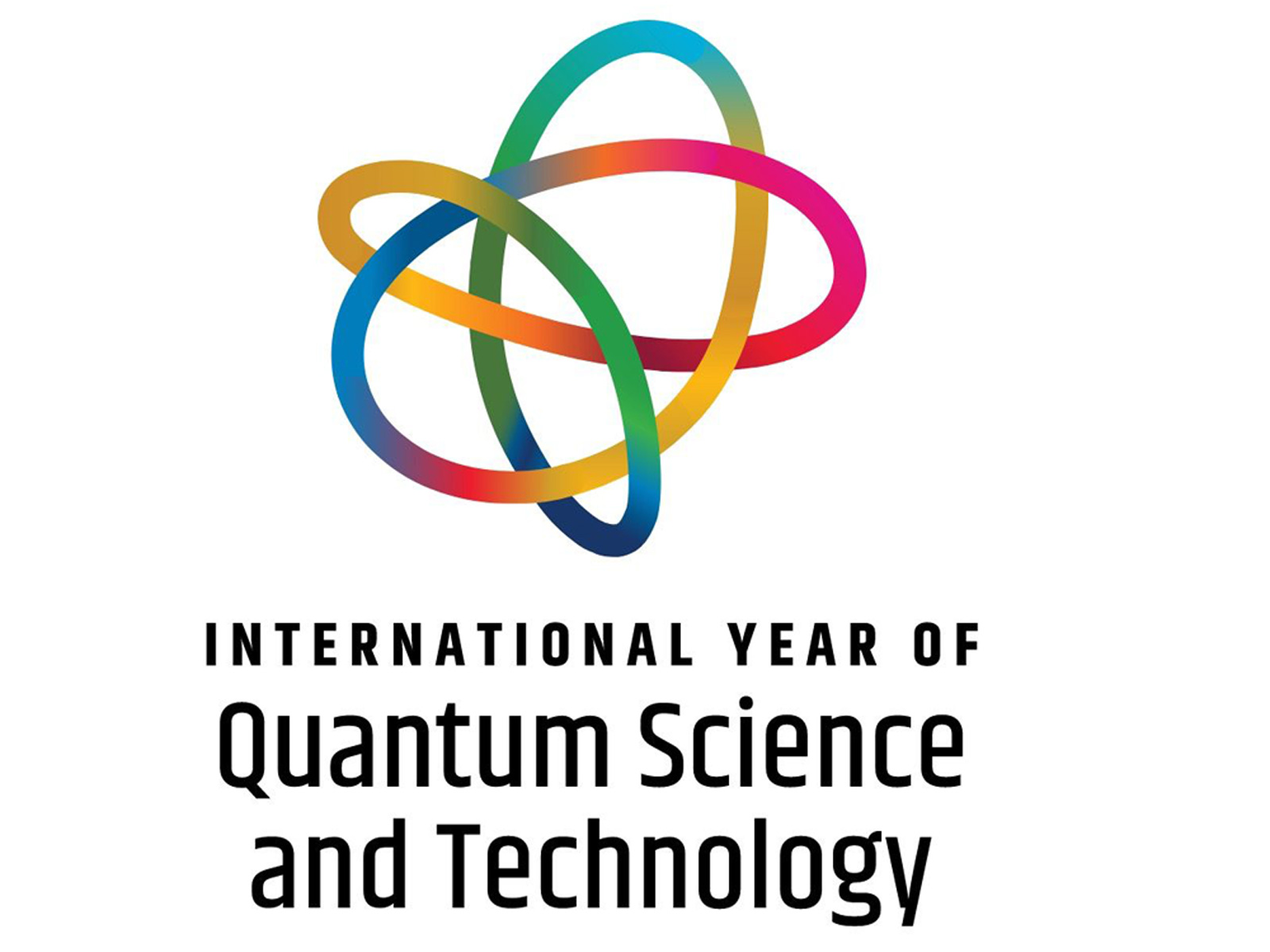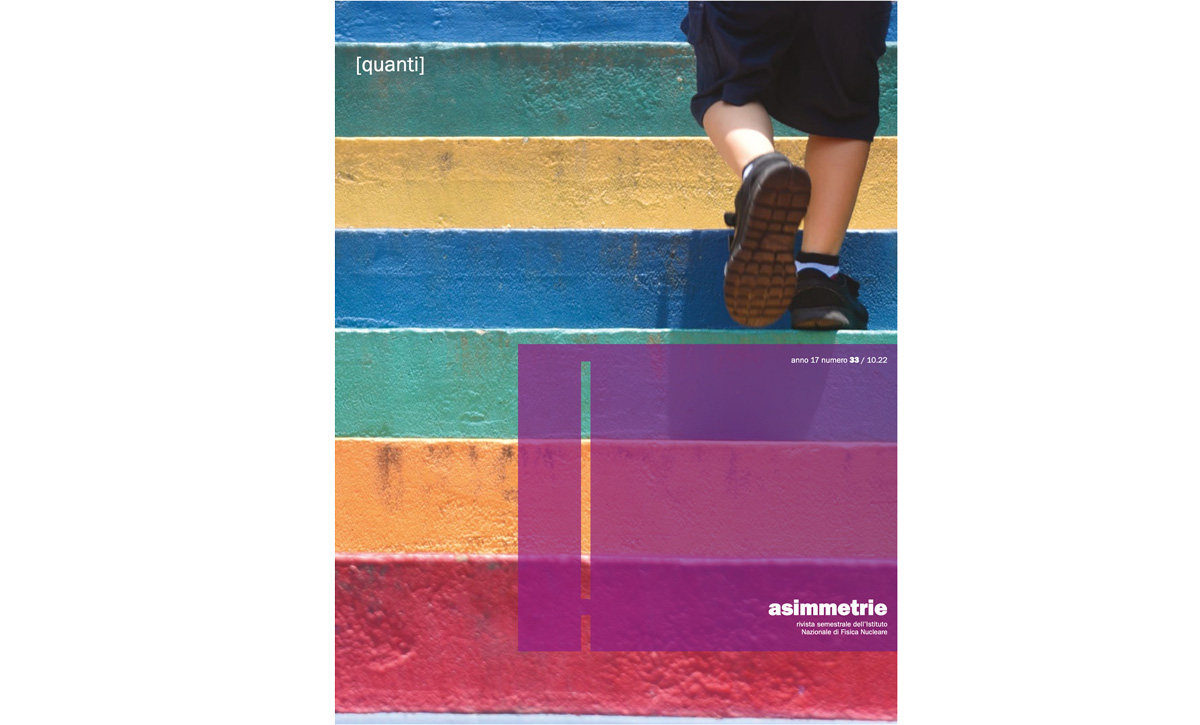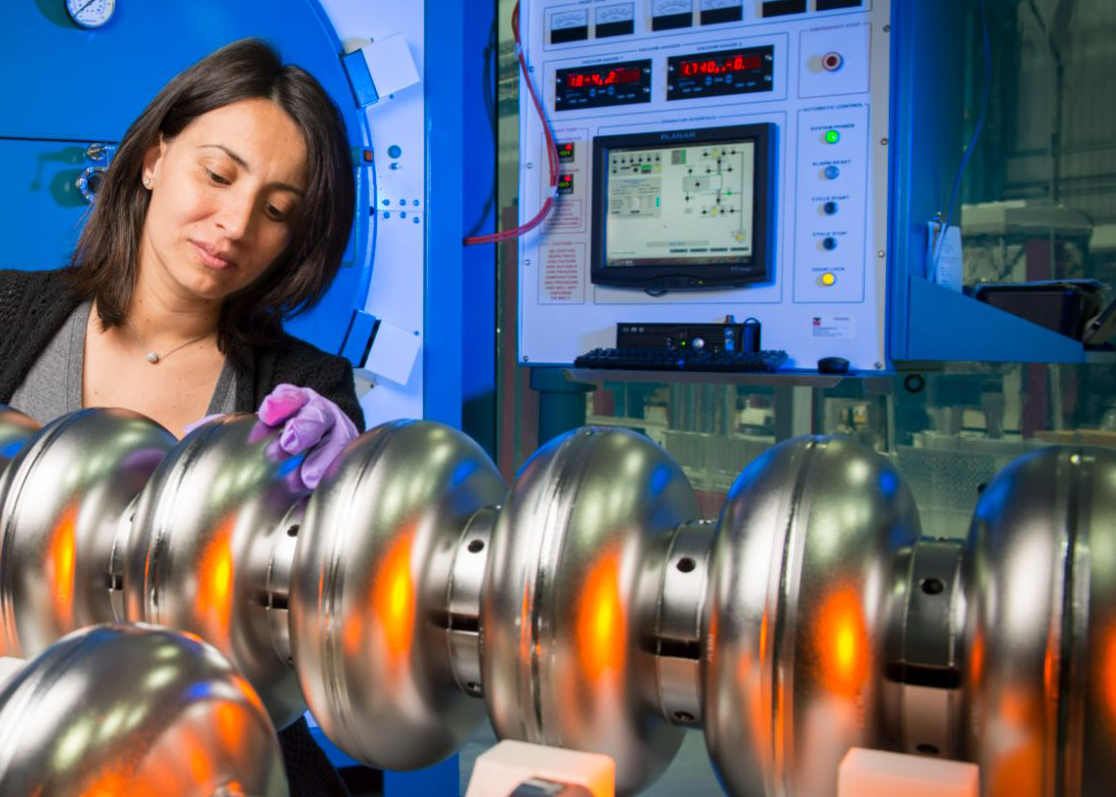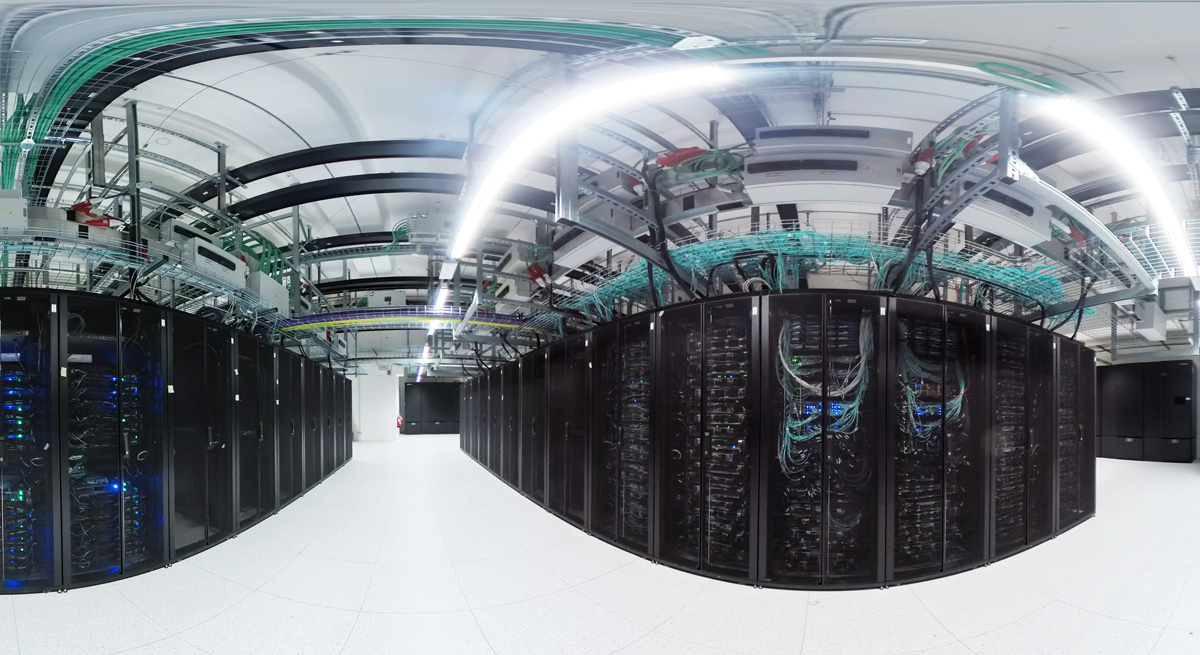Quantum mechanics is a physics theory that represents a major revolution in both scientific thinking and our view of reality and the universe to which we belong. It makes it possible to describe most of the phenomena experimentally observed today, in the microscopic world of elementary particles, up to the macroscopic world, such as the properties of superconductors. It has already profoundly affected our lives by leading to the development of technologies such as transistors and lasers that operate on the basis of the quantum properties of semiconductors and electromagnetic radiation. These applications and the new second-generation technologies being developed today are an iconic and fascinating example of how fundamental research, in an unforeseeable period of time that can sometimes be very long, can lead to the development of high-impact applications. Technologies capable of triggering a veritable revolution, as happened, for example, in the 1800s with electricity, which changed our daily lives forever. And as could happen today with the new frontiers of quantum computing and simulations.
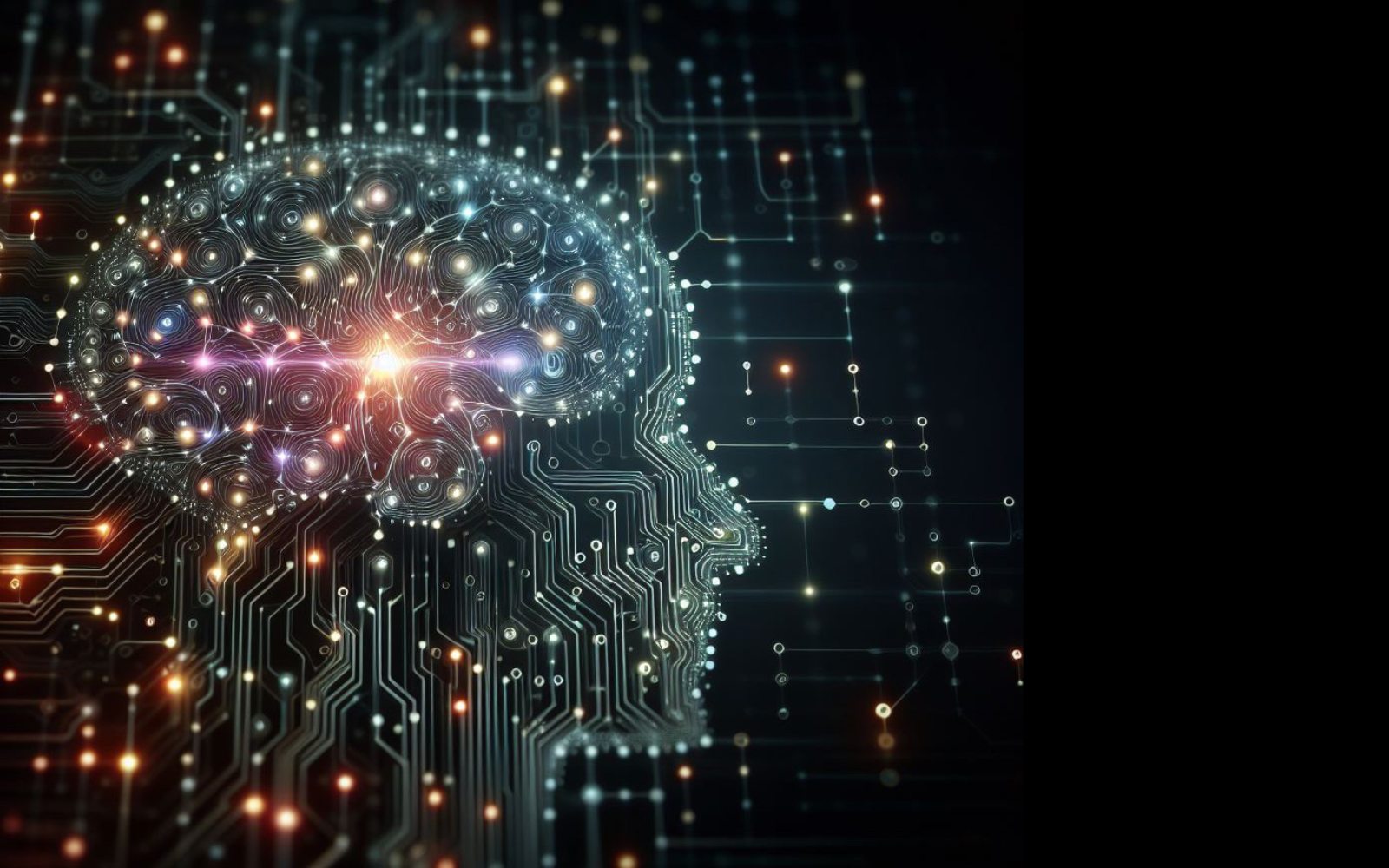
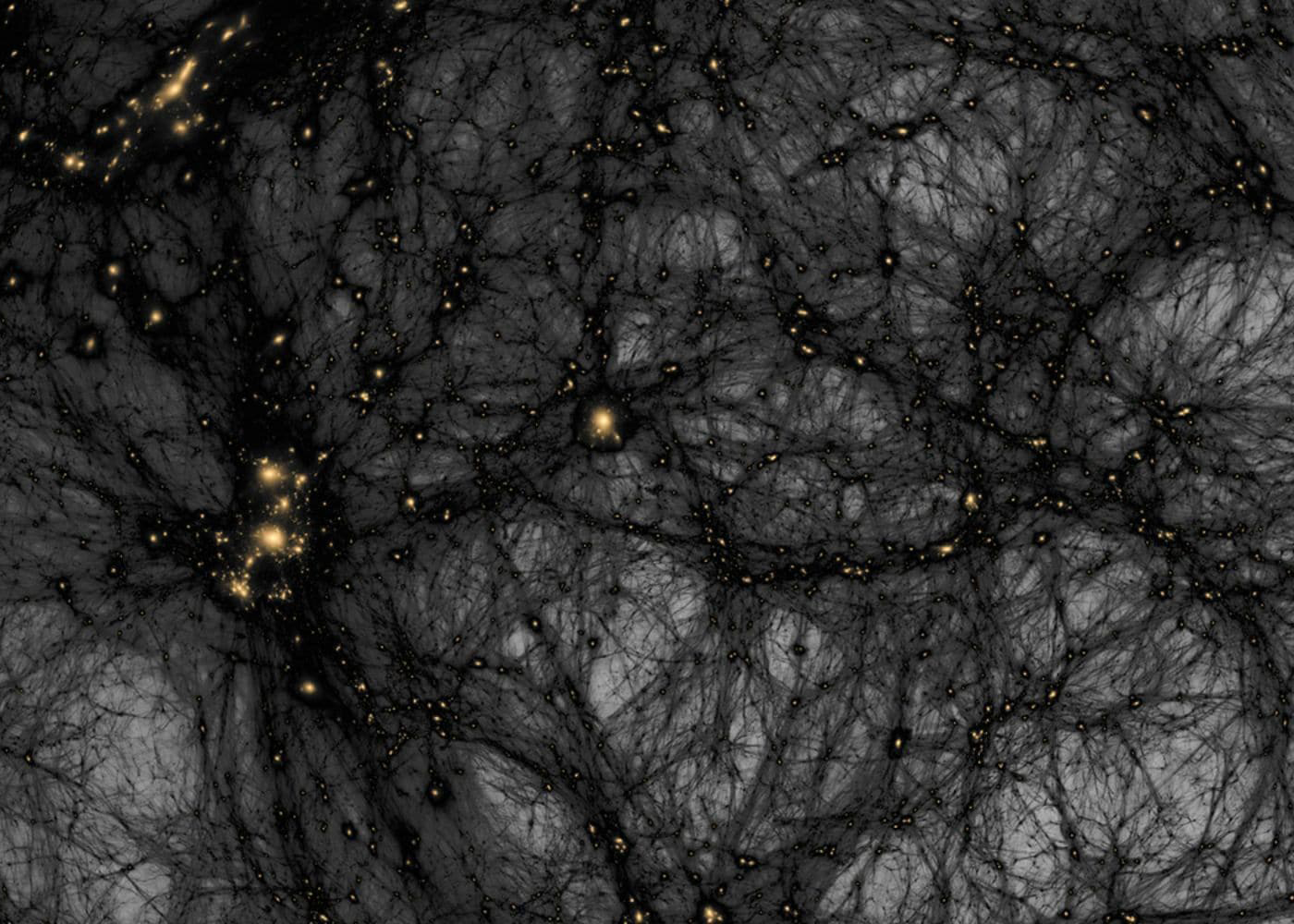

10 years of gravitational waves
